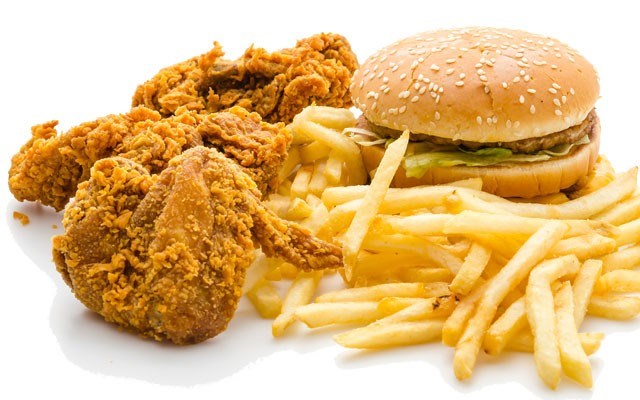Here's some rare good news for the junk-food lovers out there: Two scientists may have discovered a way to make your favourite fatty foods and salty snacks healthier.
It may sound unfathomable, but hear me out: The University of Illinois researchers — Youngsoo Lee and Pawan Takhar — claim manipulating porosity during the manufacturing of food allows for less salt to be used while still satisfying eaters' taste buds.
They also found that diligently managing pore pressure in foods during frying limits the amount of oil uptake, which trims down on a snack's fat content while still maintaining the texture and taste of fried foods.
It's a potential game-changer for the processed food industry, which accounts for a whopping 77 per cent of the salt in Canadians' diets, according to Health Canada figures.
More importantly, the impacts on Canadians' health could be far reaching, with the overconsumption of salt associated with high blood pressure, a range of cardiovascular diseases and bone diseases, kidney stones, gastric cancer and asthma.
In fact, cutting down on sodium intake by 1,840 mg a day (Canadians consume a daily average of 3,400 mg), has been estimated to reduce the prevalence of high blood pressure by 30 per cent, which would, according to Health Canada, result in direct health care savings of $1.38 billion a year.
Taking into account our American neighbours' penchant for junk food, Lee began to study the way salt is released once chewed.
"Much of the salt that is added to these foods is not released in our mouths where we can taste it, and that means the rest of the salt is wasted," he says on the University of Illinois website.
"We wanted to alter porosity in processed food, targeting a certain fat–protein emulsion structure, to see if we could get more of the salt released during chewing. Then food manufacturers won't have to add as much salt as before, but the consumer will taste almost the same amount of saltiness."
By increasing porosity, the way foods break apart when chewed can also be altered, Lee discovered, exposing more surface area and increasing saltiness.
Takhar, Lee's co-author on the study, divulged some secrets around frying, a highly technical process that involves more than 100 equations.
"In a matter of seconds, when you put the food in the fryer, water starts evaporating, vapours form and escape the surface, oil penetration starts, and heat begins to rise while at the same time there's evaporative cooling off at different points in the food," he says. For gently processed foods such as crackers, 40 seconds is all it takes.
"That's the cracker's peak texture," Takhar says. "Any longer and you're just allowing more oil to penetrate the food."
It's an important reminder for amateur cooks using the deep fryer at home: It doesn't take long to create the texture of fried foods.
"The trick is to stop when pore pressure is still positive — that is, when oil has had less penetration," says Takhar. "Of course, other variables such as moisture level, texture, taste, and structure formation, must be monitored as well. It's an optimization problem."




